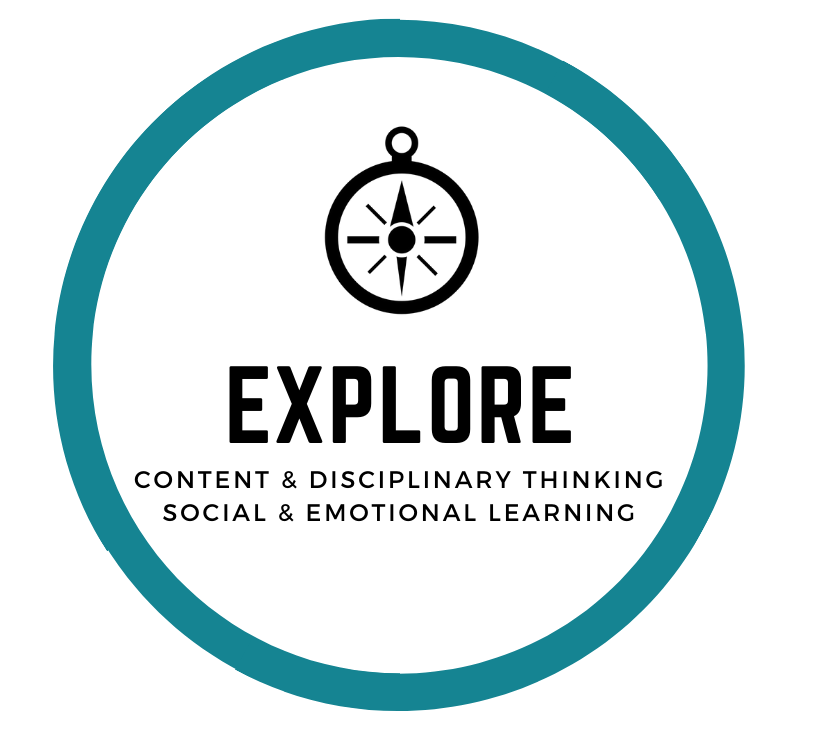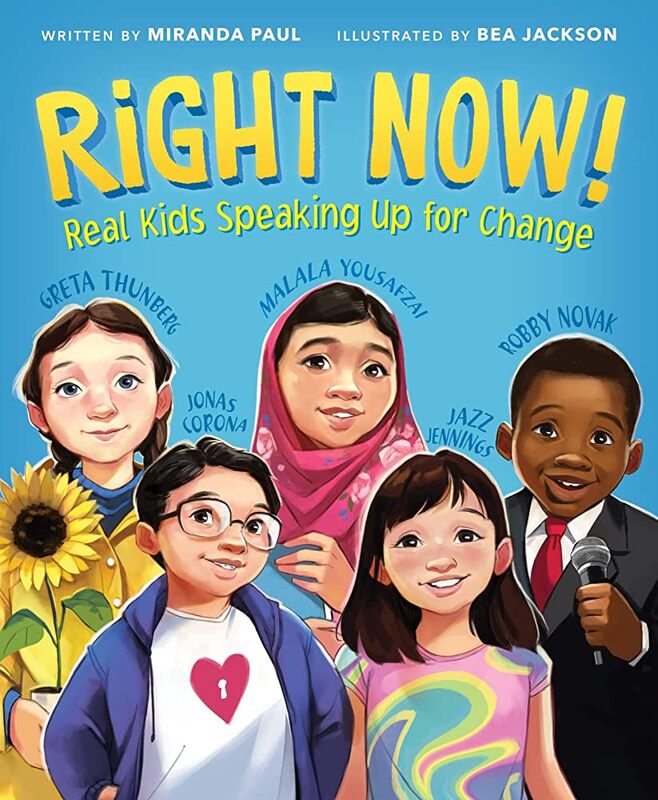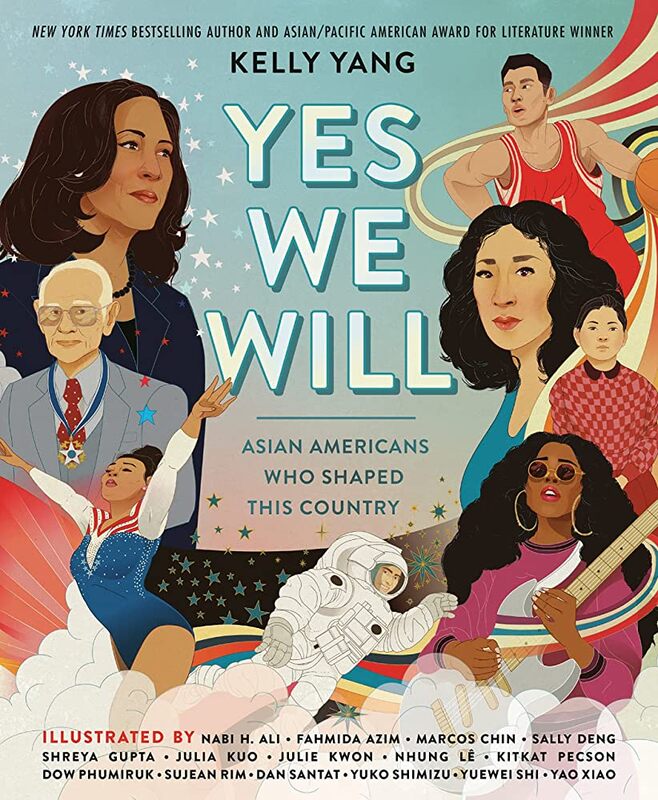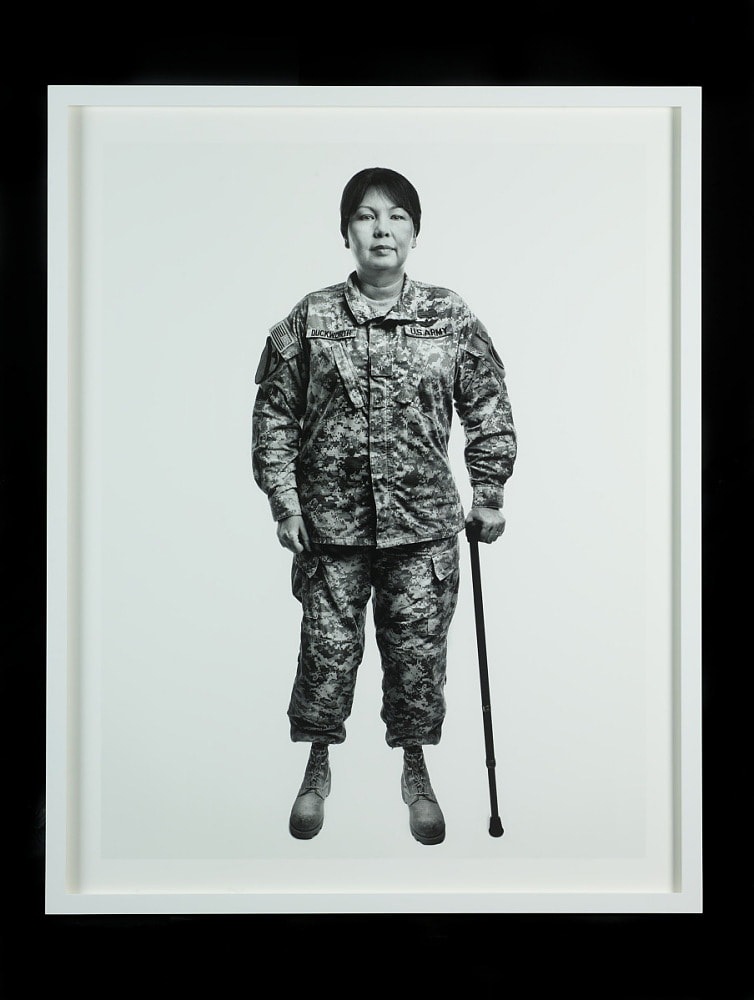Christina Soontornvat grew up behind the counter of her parents’ Thai restaurant in a small Texas town with her nose stuck in a book. She is very proud of both her Thai and her Texan roots, and makes regular trips to both Weatherford and Bangkok to see her beloved family members (and eat lots and lots of Thai food!). In addition to being an author, Christina holds a B.S. in Mechanical Engineering and a master’s degree in Science Education. She spent a decade working in the science museum field, where she designed programs and exhibits to get kids excited about science. She is passionate about STEM (science, technology engineering, and math), and loves learning new things. She lives in Austin, Texas with her husband, two young children, and one old cat. To learn more about Christina, check out her website: https://soontornvat.com/about/
Christina's Process & Artifacts
|
Watch the interview with Christina Soontornvat to learn more about the her inspiration, process, research, and collaboration with illustrator Dow Phumiruck in creating A Life of Service:
|
|
Craft & Structure
When readers are invited to examine texts for elements such as organization, design, writing style, evidence of accuracy, visual information provided, and organization, they learn to understand the unique way that authors and illustrators construct nonfiction. How an author chooses to organize a picture book biography is a powerful element of its success.
Organization
interview [13:22] At one level, the organization of this book can be understood as a selection of events leading up to the current day. At another level, there is a cause and effect sensibility to the narrative.
|
If you have 1-2 hours . . .
Invite students to note the ways Christina chose specific events in Tammy Duckworth’s life to support the theme of a life of service - different types of service.
|
If you have 1-2 days . . .
After looking closely at how Christina Soontornvat uses a chronological organization in A Life of Service for very intentional reasons, share some carefully selected other picture book biographies that use different organizational structures. See if students can notice and name how the author chose to organize the book.
A resource that shares the different types of picture book structures and examples that you can share with students is Choosing a Structure for Your Picture Book Biography by Donna Janell Bowman. |
If you have 1-2 weeks . . .
After having a chance to inquire into different organizational strategies that picture book authors use to tell someone’s story, challenge students to write a biography by creating a story map using one of these intentional structures as a prewriting tool.
|
Relationships Between Text and Images
|
|
Christina shared how unusual this picture book is in that its text and illustrations were a collaboration from the start. (For most picture books, the illustrations come after the text is finalized, and the author and illustrator do not meet to discuss the book.) She called Dow Phumiruk to share the idea of creating a picture book about Tammy Duckworth and that was how the book was born. There was a great deal of research that went into the illustrations to make the book as true as possible.
|
Content & Disciplinary ThinkingBiographies can provide entry points for learning about history, historical thinking, and humanity. The ideas below focus on using A Life of Service as a way of learning about interviews as a source of research material, and the ways the social and political context of Tammy Duckworth’s life shaped who she is as a person today.
|
Documenting Lives Through Interviews
In the interview, Christina talked about how she primarily relied on interviews with Tammy Duckworth in crafting this biography. Some of them are listed in the bibliography at the end of the book. Have students watch the recordings of the interviews. Using the following lines of inquiry, students can be guided to think about the process of documenting lives:
See more about inviting students to create their own primary source interviews below in the create section.
- Compare the information in the interviews with A Life of Service. Note the similarities and differences. Consider Christina’s selection for the book and how it might have been different if she had included information from the interviews.
- Pay attention to the kinds of questions that the interviewers ask Tammy Duckworth. Are they open-ended, closed-ended, hypothetical? Are there any follow-up questions?
- Pay attention to Senator Duckworth’s responses. Does she answer directly? Indirectly? Does she provide examples or tell stories?
See more about inviting students to create their own primary source interviews below in the create section.
The Lessons of History

Technically, Senator Tammy Duckworth is not a historical figure as she is contemporary. Nevertheless, her life, as described in this biography, draws on aspects of her past - her childhood and youth - to establish for readers that her dedication to serve people is grounded in experiences from the past. Similarly, the biographies below chronicle the lives of contemporary figures with whom students might be familiar. These books can support students to see how historical or contemporary context shaped the life story of the subject of the biography. Which events, people, and places were most influential in their lives? How or why are the accomplishments of the subject significant within their socio historical context?
Contemporary Biographies
Contemporary Biographies
- Kamala Harris: Rooted in Justice, by Nikki Grimes
- They Call Us Enemy, by George Takei
- Yes We Will: Asian Americans Who Shaped This Country, by Kelly Yang
- Right Now, by Miranda Paul and Bea Jackson
Representing Asian Americans
Tammy Duckworth was born in Thailand, and her cultural identity was an important part of who she was growing up, and who she is today, as a senator. Both the text and the illustrations provide readers with details about that context. Readers take in illustrations depicting the Songkran Festival (Thai New Year), and scenes from Cambodia and the refugee camps where her father worked during the war. Later, when running for public office, Tammy Duckworth endured racist mockery. She was the first Thai American to serve in Congress. Today, many states are requiring the inclusion of Asian American experiences in the curriculum. Senator Duckworth has always challenged people’s perceptions of who is conventionally considered American, and one of the motivational elements in Christina’s research. A Life of Service and the books below have much to offer in that regard:
|
|
Fiction
|
Nonfiction
|
Social & Emotional Learning
Turning Points |
The Role of Community |
A New Definition of Service |
|
In A Life of Service, we learn that when young Tammy Duckworth met veterans who had served their country, she was inspired by them and joined the ROTC. This was a turning point that changed the course of her life in dramatic ways. Invite students to reflect on the events that took place specifically because she joined the armed forces and how they shaped the work Senator Duckworth did later on in life.
|
Tammy Duckworth’s family instilled in her a sense of commitment to people in her community. As an adult, Tammy Duckworth is a leader in her community and the country, serving as a US Senator.
|
In the interview, Christina Soontornvat talks about how she was struck by how service, for Tammy Duckworth, seems a part of her. Revisit A Life of Service with students and read and listen with a lens of service.
|
|
Encourage students to further explore the branches of the armed forces and the kinds of opportunities and options in serving in the United States armed forces.
|
Invite students to explore the possibilities in serving small and large communities in the US political system.
|
Ask students what are all the different ways in which Tammy Duckworth served?
|
Christina spoke about how she hoped that A Life of Service overwhelmingly shared just the power of just what human beings can do and “We’re always preparing for the next thing that’s to come...” Christina Soontornvat
|
Ask students to write reflectively about the turning points and service in their own lives.
Some prompting questions that may help students do this:
|
New Texts & ArtifactsConducting InterviewsThe organization section above shares the idea of challenging students to use a story map and a chosen organizational structure to write a biography of their own. To do this well, students will need to research and learn as much as they can about the person they choose. Like Christina, students can use an interview as their primary research resource to create a biography.
|
Some considerations that may help students in this researching with interviews:
- Who is someone you have wanted to learn more about?
- Search to see if there are recorded interviews of that person online.
- Capture important information from these interviews.
- Consider the audience - Who was the intended audience for each interview?
|
Christina Soontornvat shared how important interviews with Tammy Duckworth were to her research for A Life of Service. In the Content and Idea Section above are some ideas about asking students to use and pay attention to some of the same interviews Christina Soontornvat used to help write her book. Looking closely at them essentially helps students use interviews as mentor texts, noticing the successful moves that interviewers make to create valuable primary source resources that shed light on peoples’ lives.
Challenging students to conduct interviews can be a powerful and memorable interdisciplinary engagement. The following moves can help teachers frame, and students consider, the steps to conducting an interview. Perhaps students can interview people who serve, are important, or are change makers in their own communities. |
Conduct your own interview and publish it!
|
|
Powerful resources that can help teachers and students design and conduct interviews:
|












